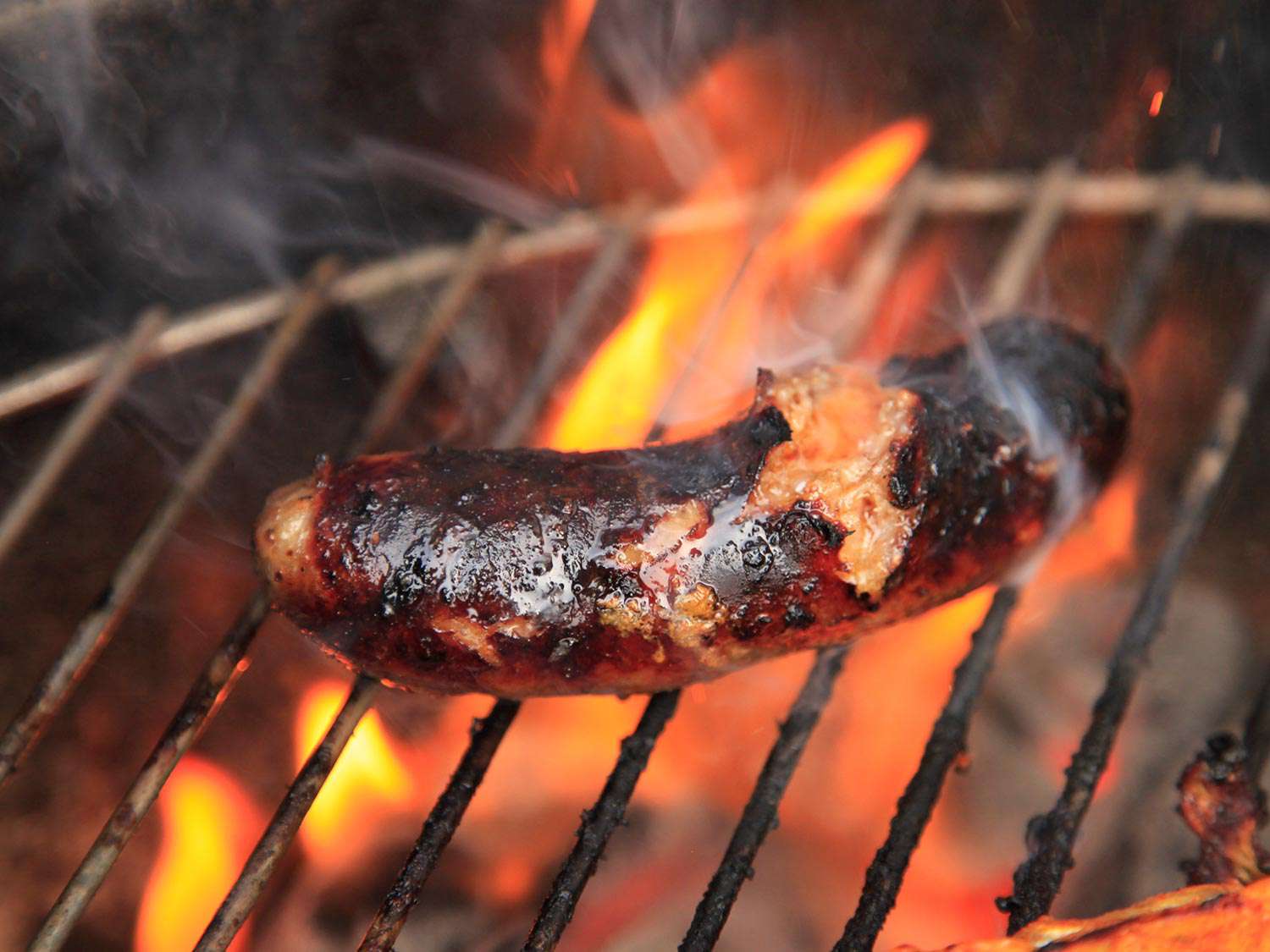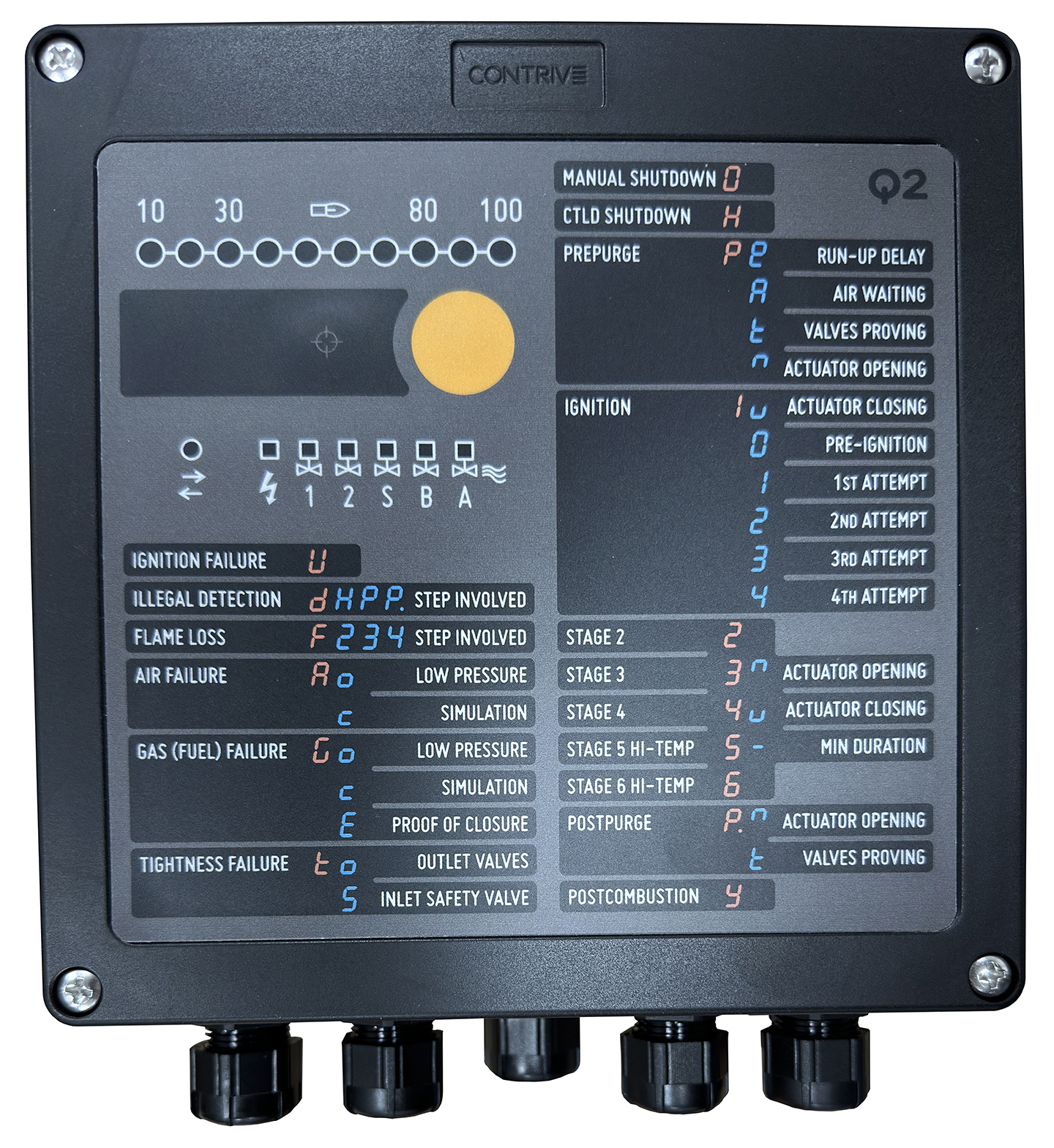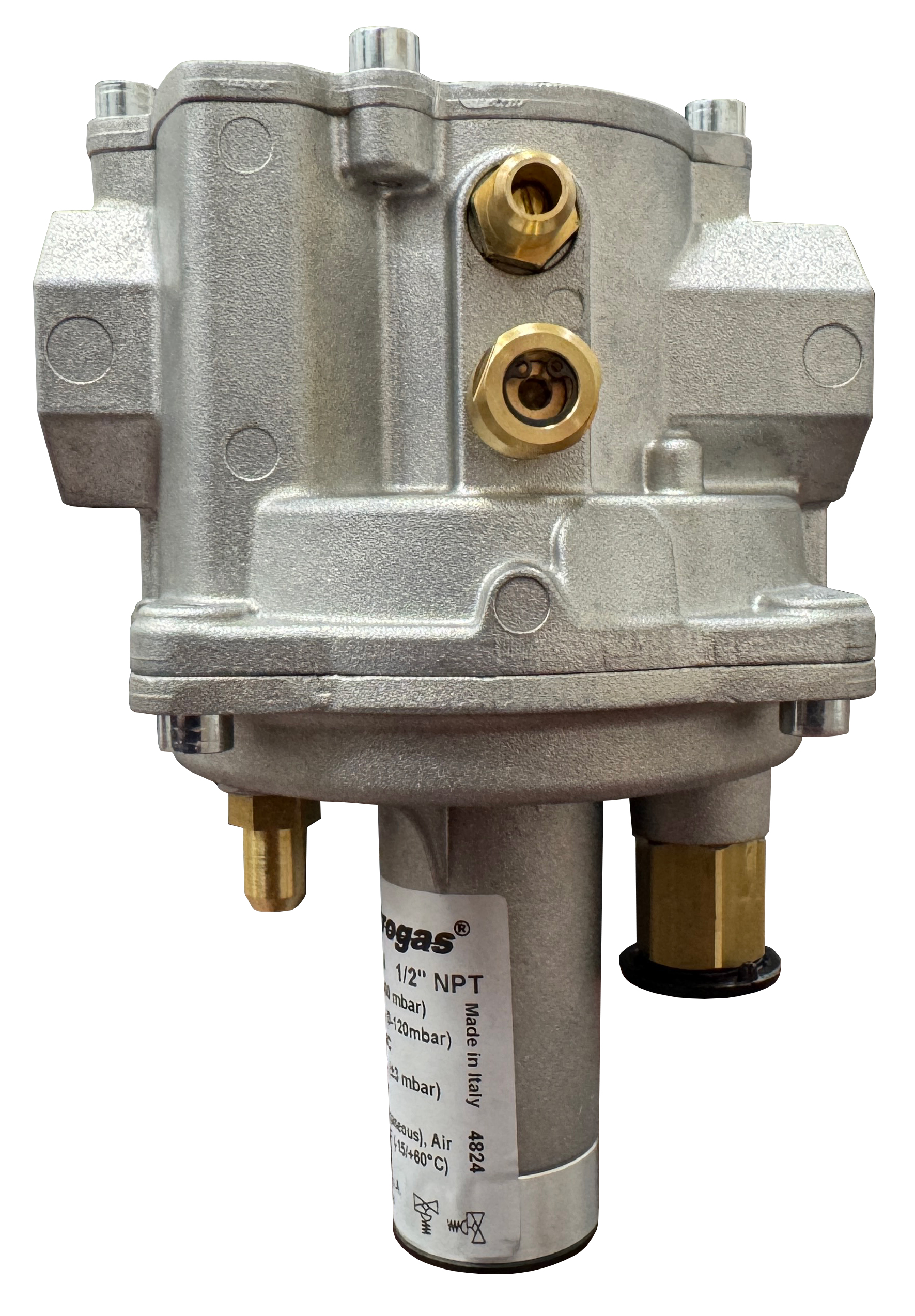Through our discussions regarding equipment selection, you’ve learned that pulse-fire requires solenoid valves with extremely high operating cycles, burners that light reliably, and some method of impulse control. Through dozens of installations, our technicians have encountered and overcome a number of additional pitfalls, which can derail even the best planned system.
Oversized Burners
A common misconception is the idea that doubling your burner capacity allows you to reduce the number of burners on your furnace, or that it’s the best way to ensure you can reach your desired temperature. Replacing two or more burners with one oversized burner is likely to result in an uneven distribution of heat, product loss, and damage to the furnace wall and insulation. Additionally, since burners are most efficient at high-fire, oversized burners prevent you from getting the turndown you need.

Low Minimum On-Time
In an on/off pulse-fire system, the minimum on-time is set at the pulse controller, and your equipment must be taken into account when making this selection. Does your minimum on-time allow gas to reach the combustion chamber? If you have a dampened valve in the burner train, it is important to note how long it takes the valve to open.
Similarly, providing that the gas and air reach the combustion chamber, they must have time to ignite. Without ignition, the benefits of pulse-fire are lost, while pollution increases.
On/off Time vs. Flame Safeguard
Burners are equipped with either a UV detector or flame rod for monitoring the presence of flame. These safeguards are set to initiate a system fault alarm if flame is expected, but not detected. Because on/off pulse-fire systems frequently turn burners off, it is essential that the on/off timing matches the capabilities of the flame safeguard to avoid chronic system shutdown due to flame failure faults.

High/low and Per-burner Ratio Regulators
We mentioned in a previous article that the piping at each burner may need to change when implementing pulse-fire, and that the inclusion of a ratio regulator at each burner may be one of the reasons for such a change. When planning a high-fire/low-fire system, this is imperative to ensure on-ratio firing. It is the function of a ratio regulator to maintain a constant gas/air ratio, and to react to changes in pressure.

Coming Soon: Pulse-fire 201
Now that you’ve got a handle on the basics, it’s time to turn up the heat. Look for updates and blog post notifications on Combustion 911’s Facebook, Instagram, and LinkedIn pages.











